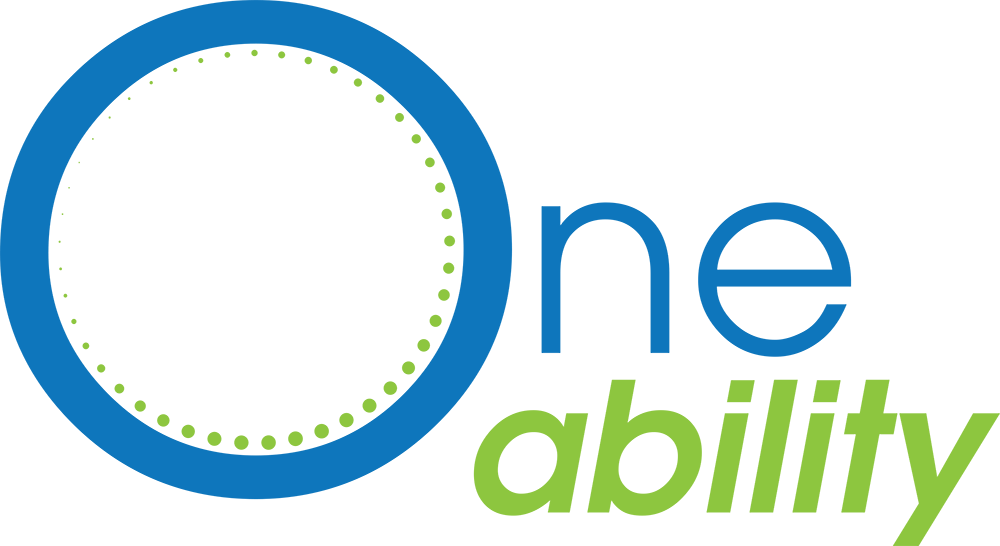Home › Forums › Members Forum › Eight Sexy Ways To Improve Your Roof Solar System
- This topic is empty.
-
AuthorPosts
-
clearaligner
GuestIn recent years, there has been a significant shift towards renewable energy sources as the world grapples with the consequences of climate change and the depletion of fossil fuels. Among the various eco-friendly energy solutions available, roof solar systems have emerged as a promising alternative. This article explores the potential of roof solar systems, how they work, and their many advantages in a world hungry for sustainable power solutions.
How Do Roof Solar Systems Work?
Roof solar systems, also known as rooftop solar panels or photovoltaic (PV) systems, utilize the sun’s energy to generate electricity. The process involves several key components:
Solar Panels: These panels consist of multiple solar cells that convert sunlight into direct current (DC) electricity.
Inverter: The DC electricity generated by the panels is then transformed into alternating current (AC) electricity, which is used to power your home.
Battery Storage (Optional): Excess energy can be stored in batteries for use during nighttime or cloudy days.Benefits of Roof Solar Systems
1. Environmental Impact
Roof solar systems are a clean and sustainable energy source. They produce no greenhouse gas emissions, helping reduce your carbon footprint and combat climate change.
2. Cost Savings
While the initial installation cost may seem high, roof solar systems offer long-term financial benefits. You can save significantly on your electricity bills and, in some cases, even sell excess energy back to the grid.
3. Energy Independence
By harnessing the power of the sun, you become less reliant on traditional energy sources, which can be subject to price fluctuations and shortages.
4. Increased Home Value
Homes with solar systems are more attractive to buyers and tend to have higher resale values.Installation Process
1. Site Assessment
A professional solar installer will assess your roof’s condition, angle, and shading to determine the best placement for solar panels.
2. Panel Installation
Solar panels are securely mounted on your roof using special brackets and rails.
3. Wiring and Inverter Setup
The installer will connect the panels to an inverter and integrate the system with your home’s electrical system.
4. Inspection and Approval
Local authorities may inspect and approve the installation to ensure compliance with safety and building codes.Maintaining Your Roof Solar System
Regular Cleaning
Dust and debris can accumulate on your solar panels, reducing their efficiency. Cleaning them with a soft brush or hose is recommended.
Monitoring
Keep an eye on your system’s performance through a monitoring app provided by your installer.
Professional Maintenance
Periodic check-ups by a professional can identify and resolve any issues promptly.Conclusion
Roof solar systems are a beacon of hope in the quest for sustainable energy solutions. They offer numerous benefits, from reducing your carbon footprint to saving you money in the long run. By harnessing the power of the sun, you not only contribute to a cleaner planet but also secure a brighter future for generations to come.Lindare
GuestHi. By offering a range of energy conservation programs and incentives, Florida Power And Light Company strives to help customers reduce their energy consumption and lower their bills. From energy-efficient appliances to discounts on solar panel installations, the company is committed to helping customers save money. Anyone who wants to take advantage of these offers can contact florida power and light company and depending on the needs of the client, they will provide the best option that will suit him.
-
AuthorPosts
